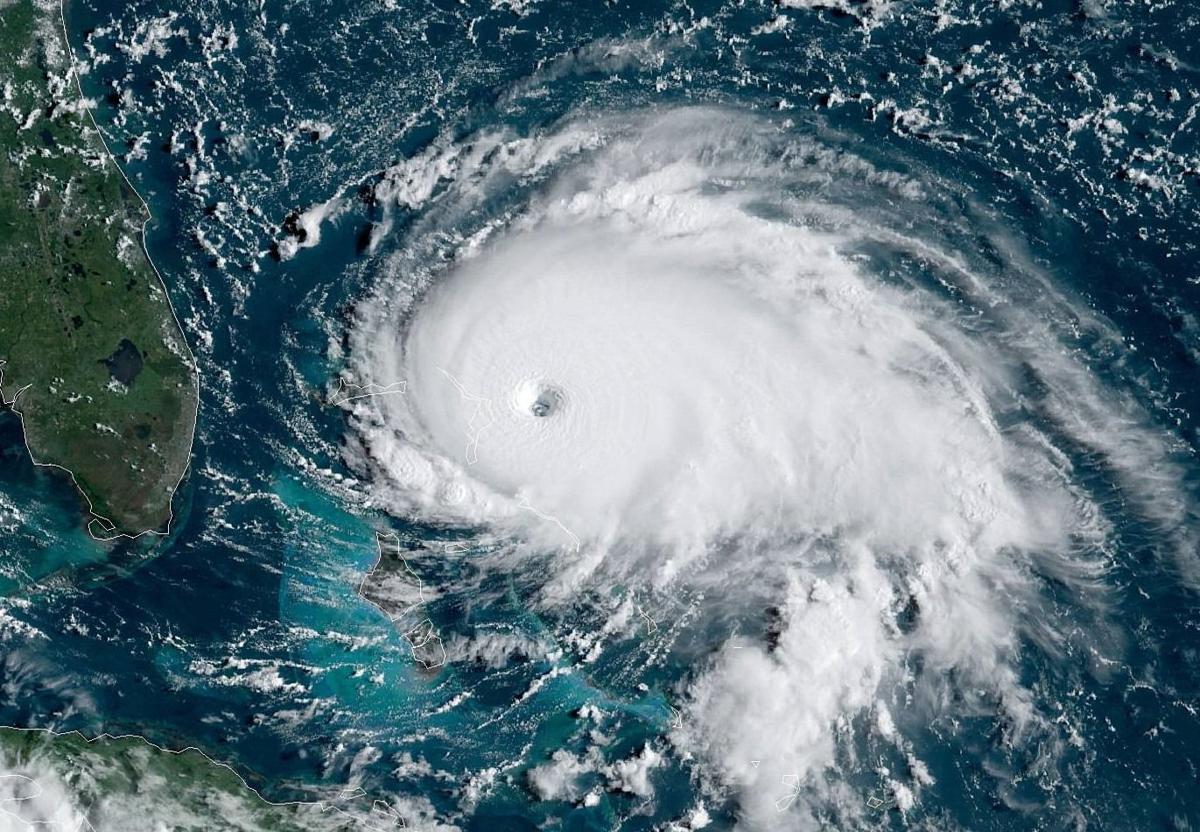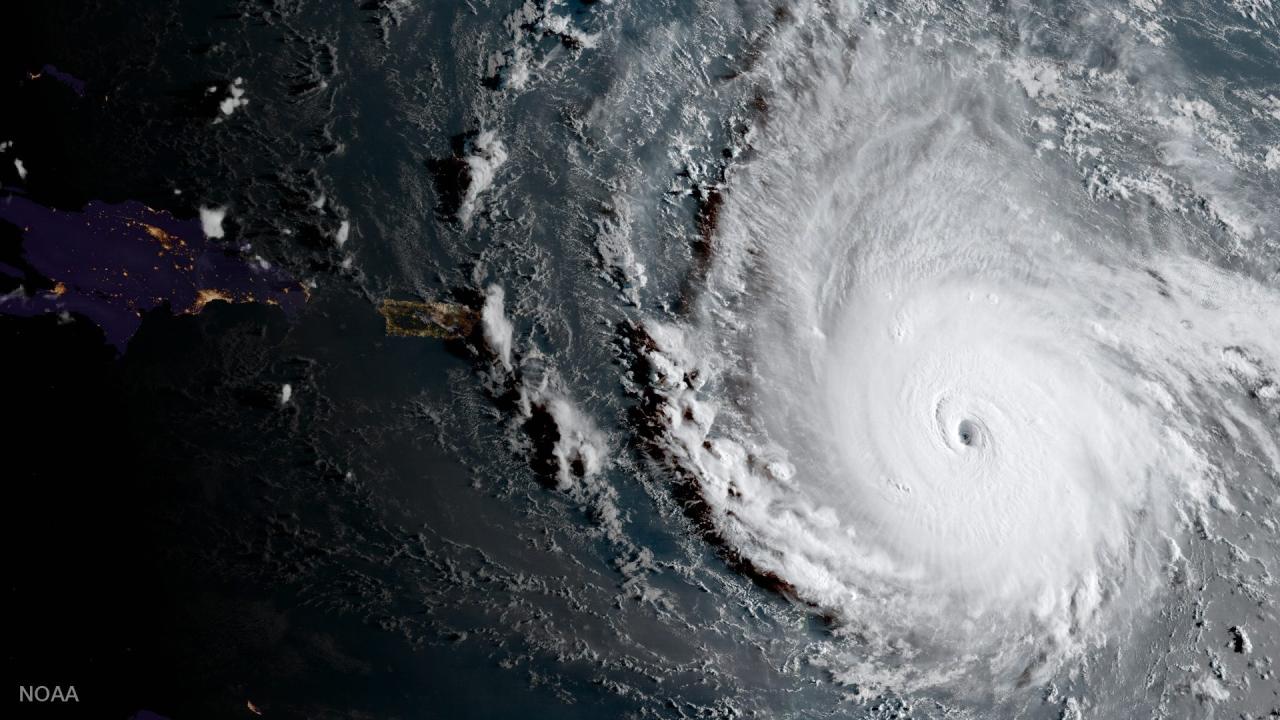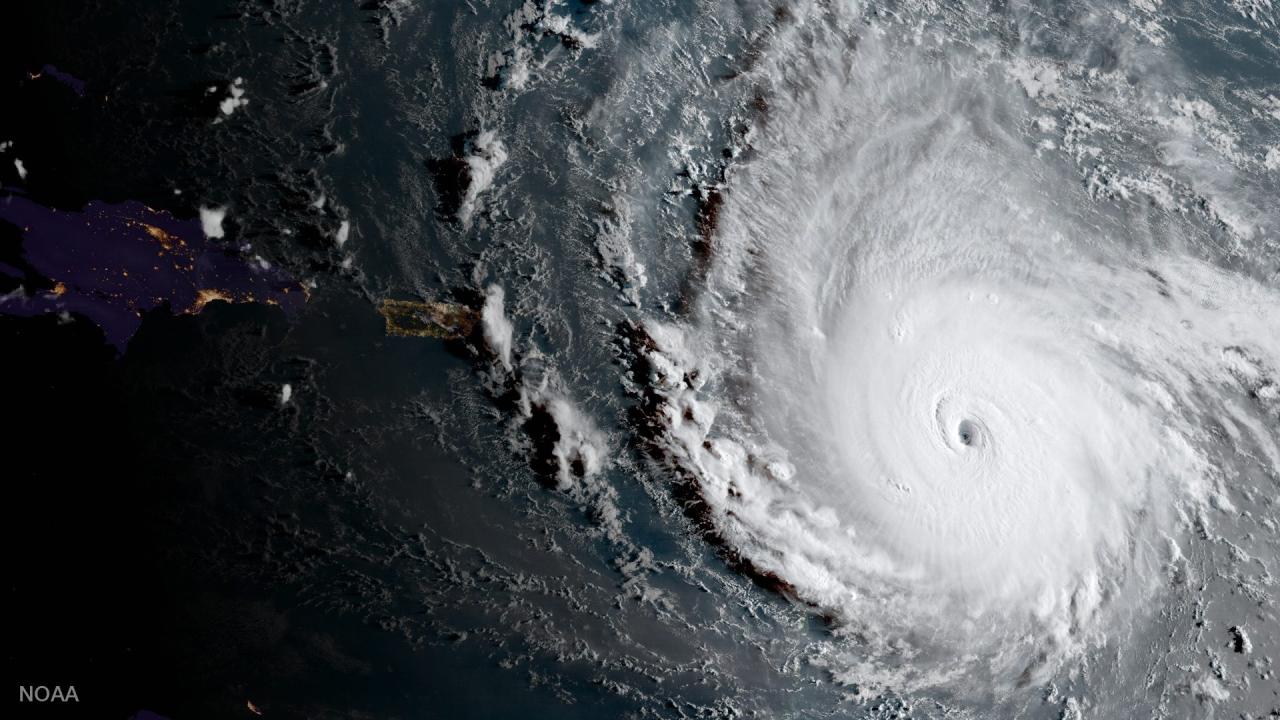NOAA Hurricane: A Comprehensive Guide to Monitoring, Preparedness, and Research
The National Oceanic and Atmospheric Administration (NOAA) plays a crucial role in monitoring, forecasting, and researching hurricanes. This article provides an overview of NOAA’s hurricane-related activities, including data tracking, preparedness measures, and scientific research.
NOAA Hurricane Data and Tracking

The National Oceanic and Atmospheric Administration (NOAA) plays a vital role in monitoring and tracking hurricanes, providing crucial information to communities and emergency responders.
NOAA’s hurricane forecasting and warning systems utilize advanced technology and scientific expertise to predict hurricane tracks and intensities, issue timely warnings, and provide real-time updates.
Hurricane Forecasting and Warning Systems
NOAA’s hurricane forecasting and warning systems include:
- National Hurricane Center (NHC):The NHC issues hurricane watches, warnings, and advisories, providing detailed information on hurricane tracks, intensities, and potential impacts.
- National Weather Service (NWS):The NWS provides local forecasts and warnings for hurricanes, including information on storm surge, wind speed, and rainfall.
- Hurricane Hunter Aircraft:These aircraft fly into hurricanes to collect data on wind speed, pressure, and other atmospheric conditions, improving forecast accuracy.
- Hurricane Research Division:This division conducts research on hurricanes to improve understanding of their behavior and develop better forecasting tools.
Accuracy and Limitations of NOAA’s Hurricane Predictions
NOAA’s hurricane predictions have significantly improved over the years, but limitations remain:
- Track Accuracy:Hurricane tracks can be predicted with increasing accuracy up to 3-5 days in advance, but uncertainties increase with time.
- Intensity Accuracy:Predicting hurricane intensity is more challenging, and accuracy decreases as the storm approaches land.
- Environmental Factors:Factors such as ocean temperatures, wind shear, and atmospheric conditions can affect hurricane behavior, making predictions more difficult.
- Human Factors:The interpretation of data and forecasting models involves human judgment, which can introduce some uncertainty.
NOAA Hurricane Preparedness and Safety
NOAA provides comprehensive guidelines for hurricane preparedness, emphasizing the significance of developing evacuation plans and assembling emergency kits. They actively engage in public outreach programs to raise awareness about hurricane risks and educate communities on appropriate safety measures.
Evacuation Plans
NOAA strongly advises creating evacuation plans well in advance of hurricane season. These plans should Artikel evacuation routes, designated meeting places, and alternative accommodations in case of displacement. It’s crucial to identify evacuation zones and familiarize yourself with the evacuation process.
Emergency Kits, Noaa hurricane
NOAA recommends preparing emergency kits that contain essential supplies for at least three days. These kits should include non-perishable food, water, first-aid supplies, medications, important documents, and other necessities. It’s also important to consider the needs of family members, including pets.
Public Outreach Programs
NOAA actively engages in public outreach programs to educate communities about hurricane risks. They conduct workshops, distribute educational materials, and collaborate with local organizations to raise awareness. These programs aim to empower individuals with the knowledge and skills to prepare for and respond to hurricanes effectively.
Importance of Staying Informed
Staying informed about hurricane forecasts and advisories is essential for safety. NOAA provides timely and accurate information through various channels, including the National Hurricane Center website, social media, and local media outlets. It’s crucial to monitor these sources regularly and follow instructions from local authorities.
NOAA Hurricane Impacts and Research
Hurricanes, colossal storms that form over warm ocean waters, have a profound impact on coastal communities. NOAA plays a critical role in understanding and mitigating these impacts through extensive research and data collection.
NOAA’s research spans the entire hurricane lifecycle, from formation and intensification to landfall and aftermath. By studying historical data and employing advanced models, NOAA scientists aim to improve our understanding of these storms and enhance our ability to forecast and prepare for their impacts.
Hurricane Formation and Intensification
NOAA scientists investigate the complex processes that drive hurricane formation and intensification. They analyze factors such as ocean temperatures, atmospheric conditions, and wind shear to identify the conditions that favor hurricane development. This research helps improve our ability to predict the likelihood and intensity of future hurricanes.
Hurricane Landfall and Impacts
NOAA also studies the impacts of hurricanes on coastal communities. They assess the vulnerability of different areas to storm surge, flooding, and wind damage. This information is used to develop building codes, evacuation plans, and other mitigation strategies to reduce the risks to life and property.
Data and Models for Hurricane Forecasting and Preparedness
NOAA collects a vast amount of data on hurricanes, including satellite imagery, radar data, and buoy measurements. This data is used to create detailed forecasts of hurricane tracks and intensities. NOAA also develops computer models that simulate hurricane behavior, helping forecasters predict the likely path and impacts of future storms.These data and models are essential for improving hurricane preparedness.
They provide valuable information to emergency managers, allowing them to make informed decisions about evacuations, resource allocation, and public safety measures.
End of Discussion

NOAA’s hurricane program is essential for protecting coastal communities from the devastating impacts of these storms. Through its monitoring, forecasting, and research efforts, NOAA helps to save lives and property.
Common Queries
What is NOAA’s role in hurricane monitoring?
NOAA monitors hurricanes using a variety of tools, including satellites, aircraft, and buoys. This data is used to track the storm’s path and intensity, and to issue forecasts and warnings.
What are NOAA’s hurricane preparedness recommendations?
NOAA recommends that coastal residents develop a hurricane preparedness plan that includes evacuation routes, emergency kits, and insurance coverage.
How does NOAA research hurricanes?
NOAA conducts research on hurricanes to improve forecasting and preparedness. This research includes studying hurricane formation, intensification, and landfall.

